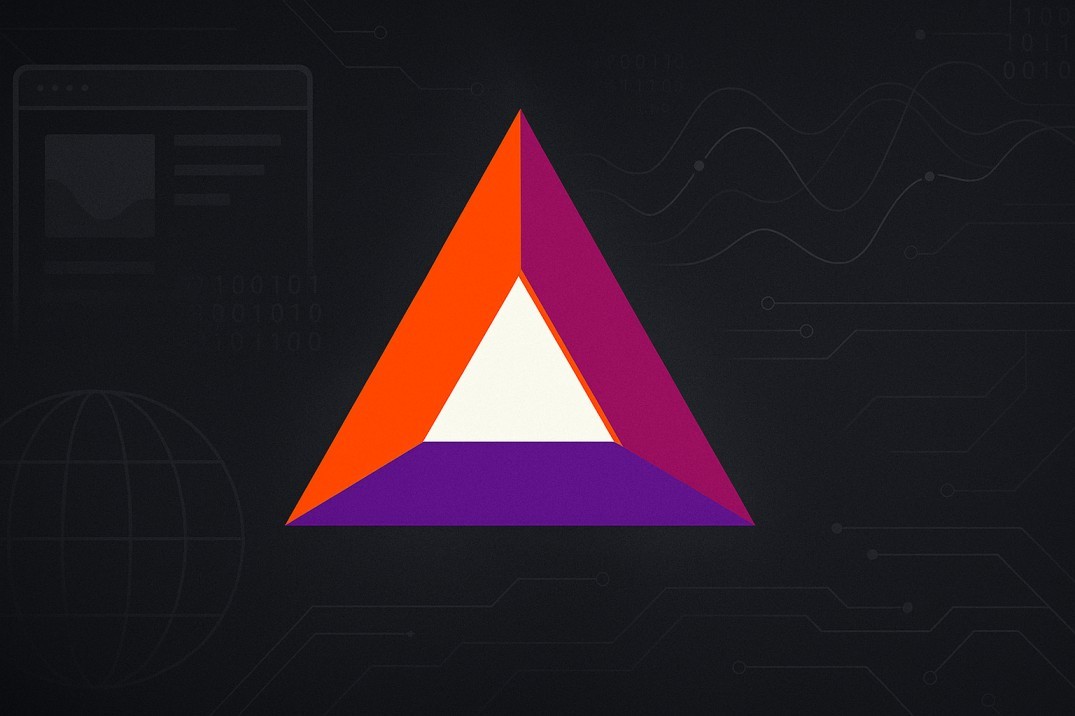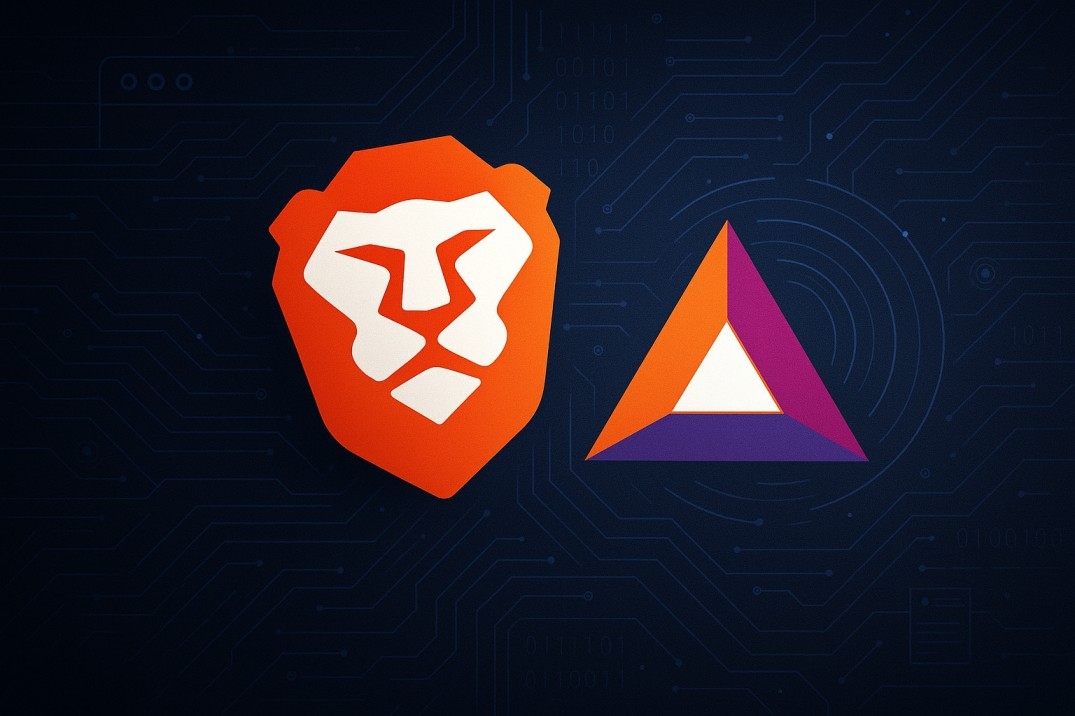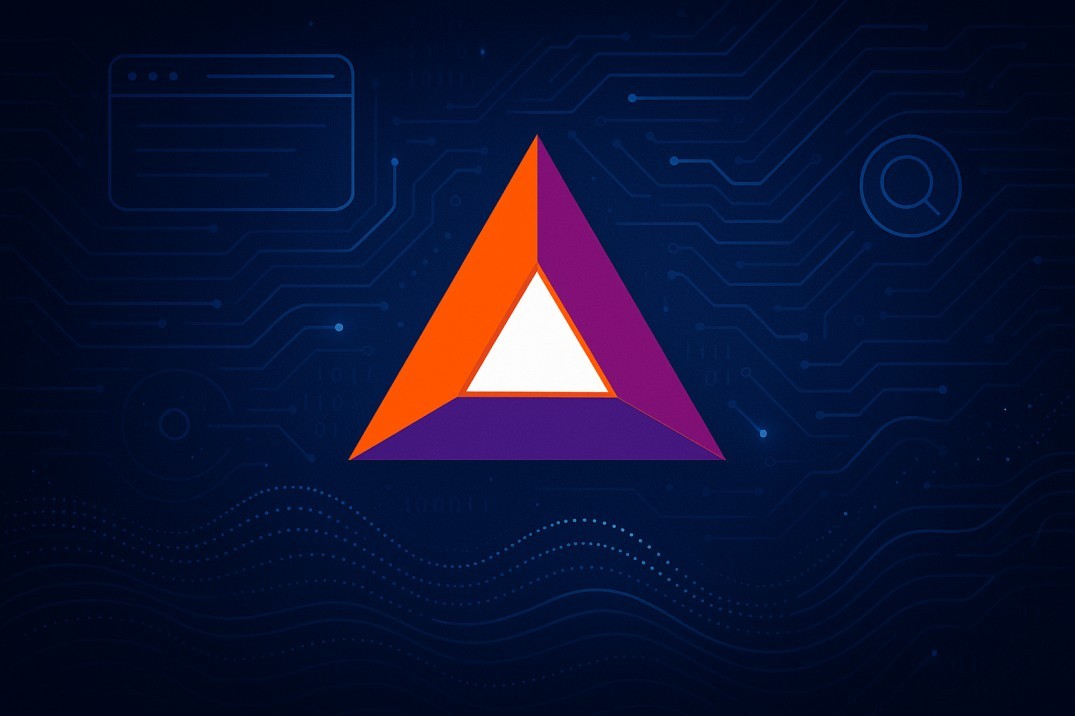TL;DR
- BAT is the native token powering a blockchain-based advertising system built into the Brave browser.
- Users opt in to watch privacy-preserving ads and earn 70% of ad spend in BAT.
- Launched via a fast ICO in 2017, raising $35 million in under a minute.
- Created by Brendan Eich (inventor of JavaScript) and Brian Bondy (ex-Mozilla/Chrome engineer).
- Total supply is 1.5 billion, with nearly all in circulation; fully diluted token economics support stability.
- As an ERC‑20 token on Ethereum, BAT enjoys strong network security.
- BAT faces challenges from adoption gaps, ad competition, and evolving privacy regulations.
- Ongoing improvements include multichain utility, partnerships, and broader integration beyond Brave.
The digital advertising landscape has long been marred by opaque revenue sharing, intrusive tracking, and rampant fraud. The Basic Attention Token (BAT) aims to reset this narrative by restoring balance and transparency. Built into the Brave browser, it rewards users for their attention, compensates content creators fairly, and gives advertisers better ROI-all while protecting user privacy. By disrupting traditional middlemen, BAT is reshaping the attention economy one token at a time.
Origins & Founders

The brainchild of Brendan Eich and Brian Bondy, BAT emerged from a shared frustration with how digital advertising hijacked users' data and attention. Eich, known for inventing JavaScript and co-founding Mozilla, transitioned to Brave in 2015.
Brian Bondy-an experienced engineer from Mozilla and Khan Academy-joined as CTO. Together, the duo launched BAT in May 2017 via a lightning-fast ICO that raised $35 million in under 60 seconds . Today, around 16 core team members, accompanied by a community of open-source contributors, drive BAT's development and ecosystem growth.
How BAT Works

BAT introduces a novel value exchange between three key stakeholders: users, publishers, and advertisers.
1. Users
Brave users can opt into BAT-powered ads. These are privacy-preserving, measured locally, and do not rely on tracking. Users receive 70% of advertisers' BAT spend directly in their Brave wallet. Non-users (e.g., websites or social media profiles) can also receive tips and later claim them by verifying an account .
2. Publishers & Creators
Publishers register as verified creators to turn on BAT revenue streams from ads and tips. As of 2025, nearly 2 million verified creators are part of the ecosystem .
3. Advertisers
They pay in BAT, which is then allocated: users keep most, creators earn directly, and Brave retains a small commission. Top adopter regions include the US, UK, and Canada .
Adoption & Ecosystem Growth
- Brave Users: ~84.8 million monthly active users (MAU); ~37.1 million daily active users (DAU) .
- BAT Wallet Holders: ~10.6 million .
- Creators: nearly 2 million verified.
- On-chain Transactions: over 4 million in the past 30 days .
- Campaign Reach: Major advertising campaigns in North America and Europe .
These metrics reflect sustained growth and real-world traction in digital advertising adoption.
Tokenomics
-
Supply & Distribution
-
Total Supply: 1.5 billion BAT .
-
Circulating Supply: nearly 99.7% .
-
Allocation:
-
1 billion in ICO,
-
200 million for development,
-
300 million allocated to a User Growth Pool (UGP) .
-
No Inflation
Additional tokens require deploying a new contract, meaning BAT maintains a fixed, non-inflationary supply .
Security & Network Integrity
BAT is an ERC‑20 token secured by Ethereum's proof-of-work consensus and vast miner/node network. This ensures transaction validity, immutability, and network trust . Its tight integration within Brave adds extra layers of privacy and integrity, with ongoing work in native code and hardware enclaves to further reduce fraud .
Innovation & Roadmap
BAT's momentum continues:
- Roadmap 3.0 (2025) introduces multichain utility, stakeable features, quest rewards, and more ways to earn and spend BAT within the Brave ecosystem .
- Boomerang Protocol: a privacy-first incentive layer under development .
- Brave Premium and Merch: Users can use BAT to pay for VPNs, browser upgrades, merch, and future AI tools .
Community discussions on Reddit and X indicate interest in deeper faucet integrations, on-chain naming (.brave domains), and expanded campaign access .
Challenges & Risks

1. User Engagement vs. Adoption
With 85 million monthly users, only a portion engage with BAT ads regularly.
2. Rival Advertising Platforms
Traditional giants (e.g. Google/Facebook) continue to dominate the market. BAT must prove ROI at scale .
3. Regulatory Climate
Advertising tokens wake scrutiny under financial and privacy frameworks. BAT sits at their intersection.
4. Token Utility Complexity
While tipping and paying for services exist, broader utility (staking, discounts, DEX integration) is still under development .
5. Ecosystem Distribution
Reward distribution depends on active ads and user engagement-fluctuations can impact earnings and motivation.
Final Thoughts
Basic Attention Token has transformed how we think about digital attention. By rewarding users, supporting creators, and giving advertisers better ROI, it aligns incentives in a fractured ecosystem. With stable tokenomics, widespread adoption via Brave, and expanding utility, BAT is poised for deeper integration across Web3. However, its success depends on overcoming adoption hurdles, proving commercial viability, scaling utility, and meeting regulatory standards.
BAT offers a revolutionary vision for user-respecting, tokenized attention economies. As Brave's audience grows and token utility deepens, BAT may shape the future of digital advertising-making transparency, compensation, and privacy the norm.











